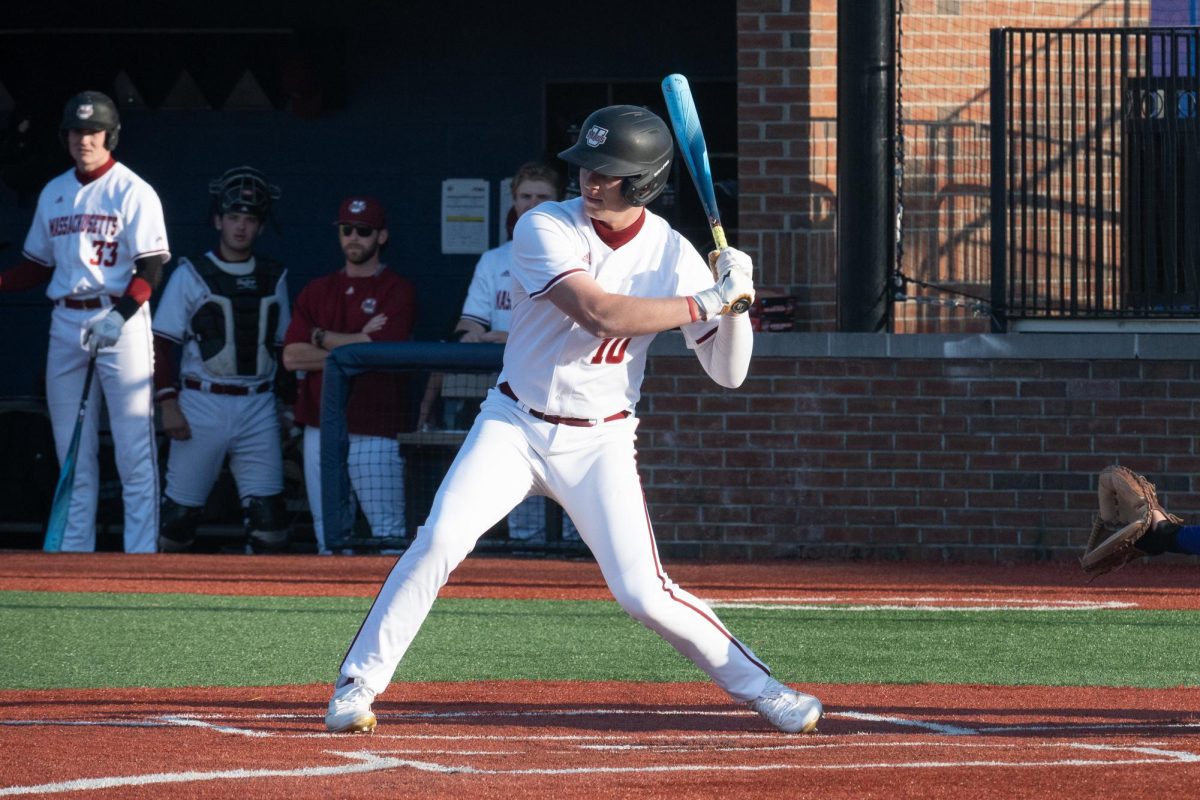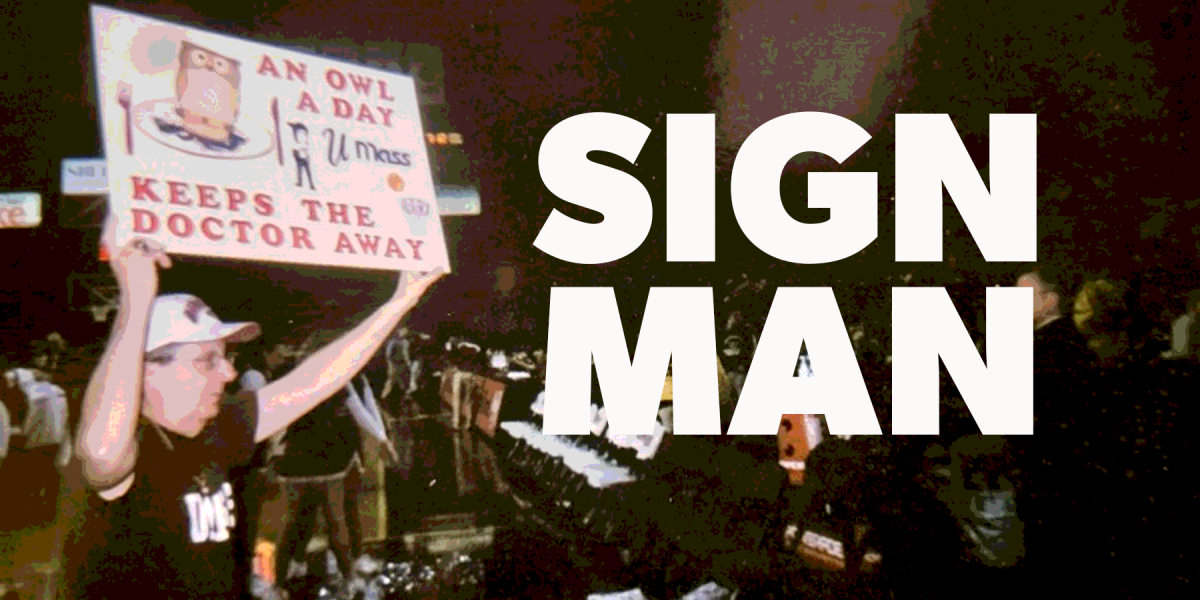
Close to 100 University of Massachusetts students will be volunteering in a bone marrow registration drive this Friday and Saturday from 9-5 p.m. that will take place in tents outside of each of the Dining Commons.
The volunteers will be working with Delete Blood Cancer, an organization founded by Peter Harf in 1990. Originally based out of Germany, the organization began to spread campaigns throughout the U.S. starting in 2004, under the leadership of Peter’s daughter Katharina.
The organization is tasked with building a comprehensive registry of potential bone marrow donors. Because the odds of finding an exact match can vary from 1 in 20,000 to 1 in millions, the need for potential donors is ever-pressing.
New potential donors will be administered a cotton swabbing of the inner cheek, in order to test for genetic matches. Delete Blood Cancer urges potential donors to think carefully about the decision to register. Due to the extreme difficulty of finding a match, it is extremely devastating to the patient if a potential donor backs out at the last second.
“Since Delete Blood Cancer came to UMass four years ago, we’ve registered about 6,000 new potential donors, which is really great,” said Brendan Nolan, a senior who has been volunteering for this drive since his freshman year. “We’re the number one school in the country when it comes to registration numbers.”
The donation process for giving bone marrow takes two forms: Peripheral Blood Stem Cell (PBSC) donation and traditional bone marrow donation.
PBSC involves taking a small amount of blood from donors and running it through a machine that isolates the blood stem cells. In order to increase the level of stem cells in the blood, donors are required to ingest a protein called filgrastim for four days leading up to the extraction.
The second method, bone marrow donation, is an outpatient surgical procedure in which marrow is collected from the backside of the pelvic bone using a syringe. The donor is given general anesthesia prior to the operation, so no pain is felt during the procedure.
Both forms of donation do involve some discomfort while recovering from the procedure, but as Nolan succinctly stated, it’s a “small price to pay for saving a life.”
The Pike fraternity deserves special mention in regards to this event, as they have rallied around 60 volunteers who will run the registration progress at Berkshire Dining Commons.
Josh Darling can be reached at [email protected].


















